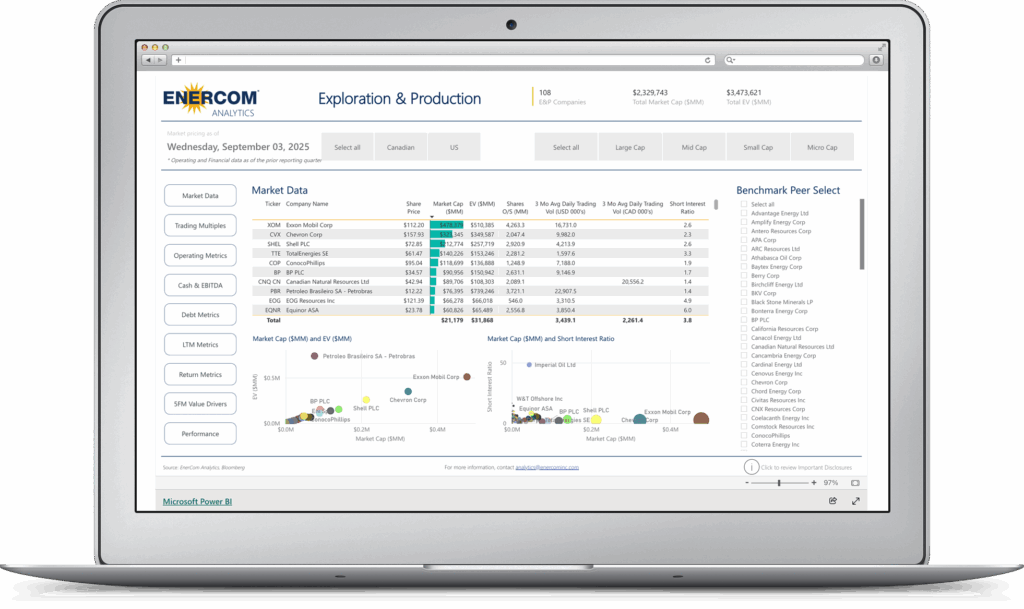Natural Gas Inventories as of February 14, 2020
The EIA has released its natural gas inventory report, showing a net decrease of 151 Bcf as of February 14, 2020.
Working gas in storage was 2,343 Bcf as of Friday, February 14, 2020, according to EIA estimates. This represents a net decrease of 151 Bcf from the previous week. Stocks were 613 Bcf higher than last year at this time and 200 Bcf above the five-year average of 2,143 Bcf.
At 2,343 Bcf, total working gas is within the five-year historical range.

| Working gas in underground storage, Lower 48 states | |||||||||||||||||||||||||
|---|---|---|---|---|---|---|---|---|---|---|---|---|---|---|---|---|---|---|---|---|---|---|---|---|---|
| Historical Comparisons | |||||||||||||||||||||||||
| Stocks billion cubic feet (Bcf) |
Year ago (02/14/19) |
5-year average (2015-19) |
|||||||||||||||||||||||
| Region | 02/14/20 | 02/07/20 | net change | implied flow | Bcf | % change | Bcf | % change | |||||||||||||||||
| East | 527 | 569 | -42 | -42 | 402 | 31.1 | 453 | 16.3 | |||||||||||||||||
| Midwest | 639 | 694 | -55 | -55 | 444 | 43.9 | 538 | 18.8 | |||||||||||||||||
| Mountain | 117 | 126 | -9 | -9 | 88 | 33.0 | 126 | -7.1 | |||||||||||||||||
| Pacific | 198 | 202 | -4 | -4 | 140 | 41.4 | 217 | -8.8 | |||||||||||||||||
| South Central | 861 | 903 | -42 | -42 | 656 | 31.3 | 808 | 6.6 | |||||||||||||||||
| Salt | 257 | 269 | -12 | -12 | 227 | 13.2 | 247 | 4.0 | |||||||||||||||||
| Nonsalt | 605 | 634 | -29 | -29 | 428 | 41.4 | 562 | 7.7 | |||||||||||||||||
| Total | 2,343 | 2,494 | -151 | -151 | 1,730 | 35.4 | 2,143 | 9.3 | |||||||||||||||||
| Totals may not equal sum of components because of independent rounding. | |||||||||||||||||||||||||
All regions experienced a net decrease this week.
Stocks in every region except the Mountain and Pacific regions, are above the five-year average. The Pacific region is the farthest below the five-year average, at 8.8% below the average.




